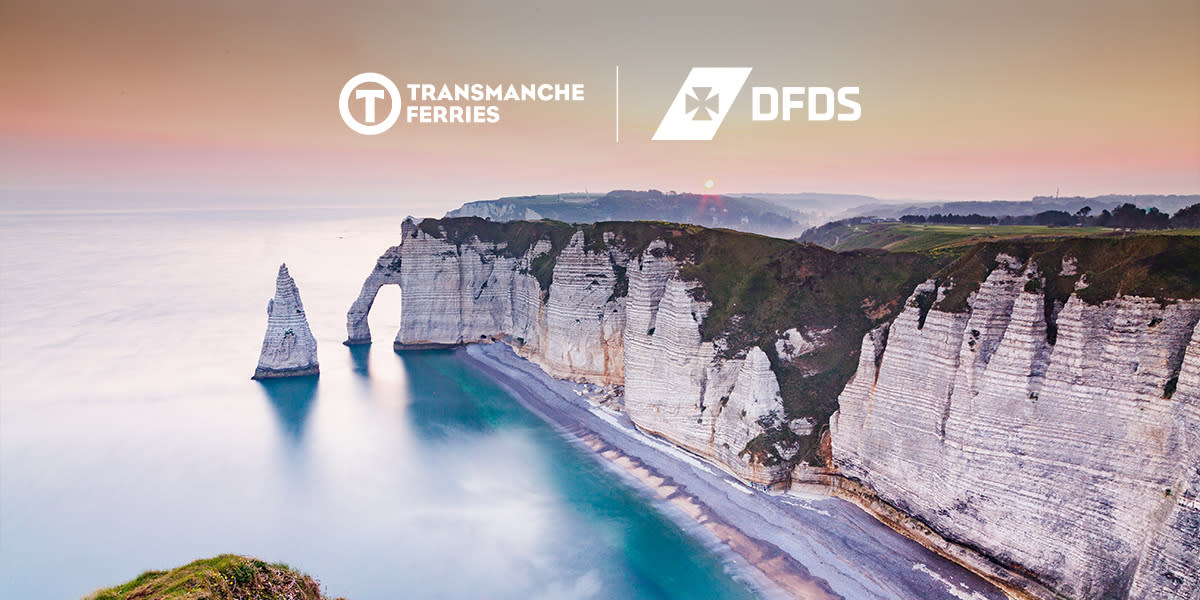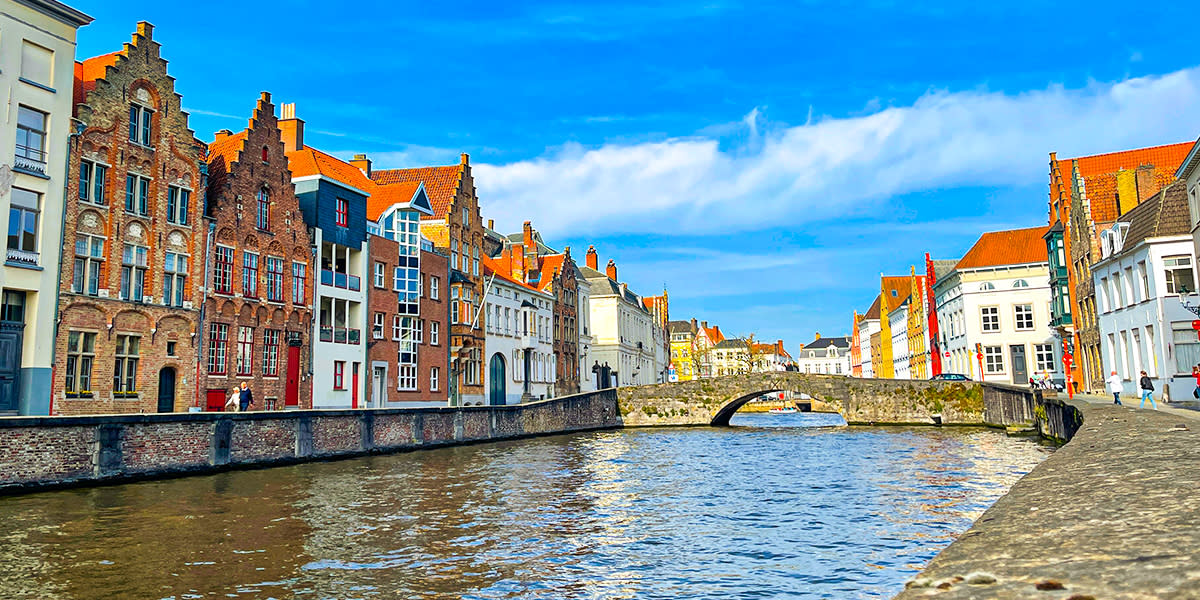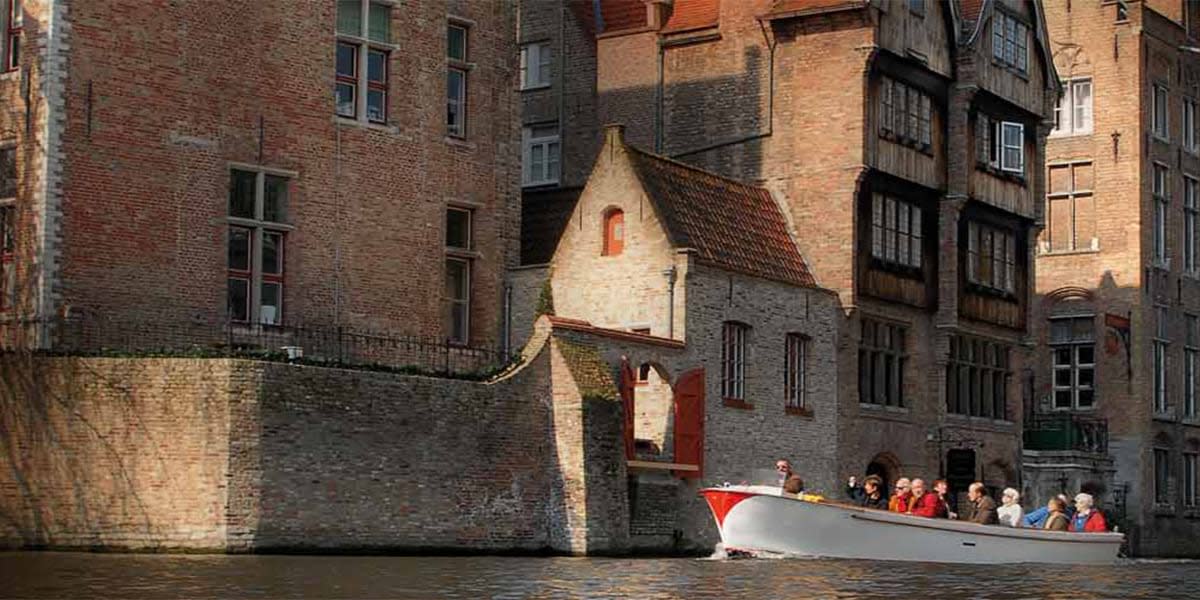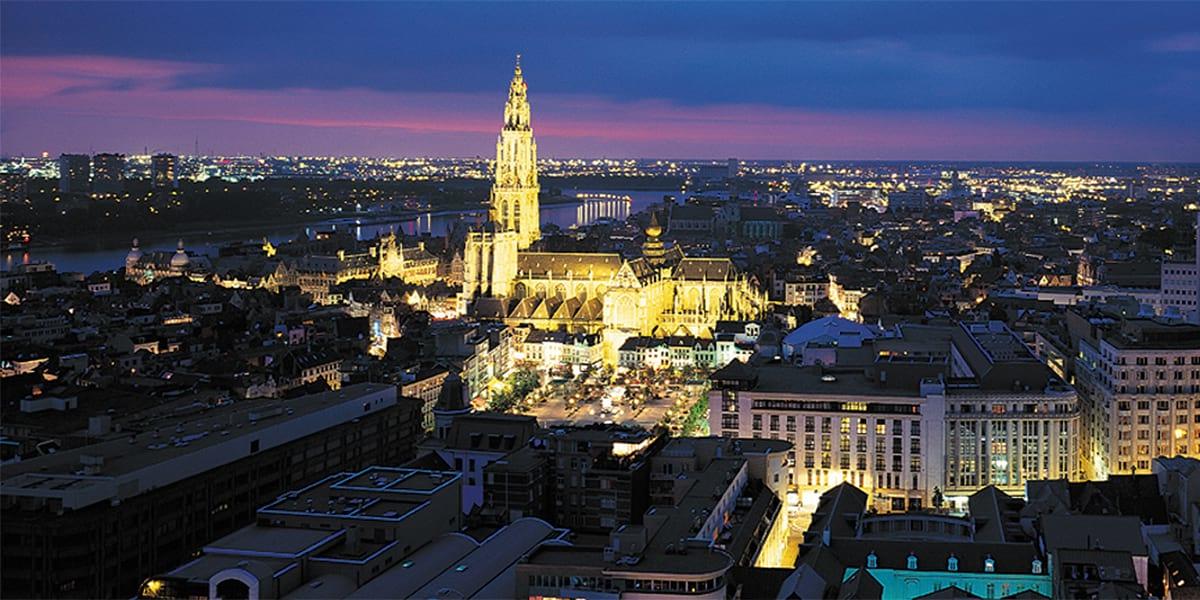
Your Essential Travel Guide To Bruges

Discover Things To Do In Bruges
Visiting Bruges feels like stepping into a fairy tale, with its winding cobbled alleys, stunning Flemish architecture, and quaint canals. The Old Town is a UNESCO World Heritage Site, which you can explore on foot or a horse-drawn carriage for a romantic experience.
Planning a holiday to Bruges? Check out our fantastic Bruges city break package, which includes both your ferry transport and hotel accommodation, and read on to discover the city’s history, top attractions, restaurants and hotels in this comprehensive guide.
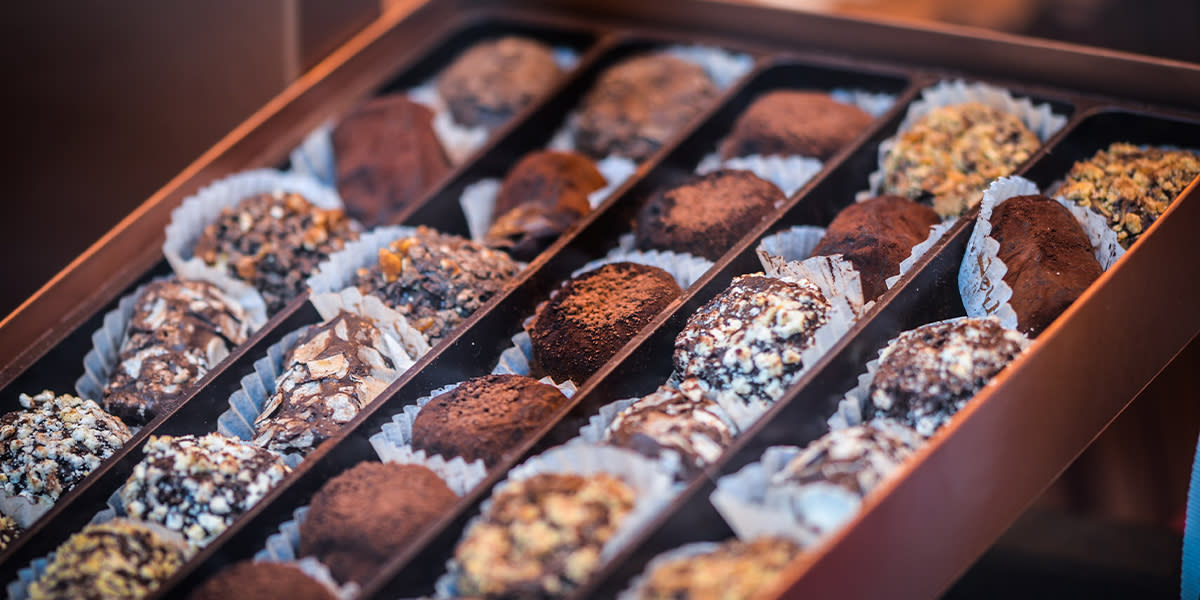
What to see in Bruges?
There’s more than enough to keep you occupied on a weekend break to Bruges. A Bruges canal trip is a great way to relax and see the city.
With its whitewashed buildings, beautiful gardens and museum, the Beguinage is a haven of tranquillity in the middle of the city. Today it is used as a monastery for Benedictine nuns.
Bruges boasts a number of world-class museums and the Bruggesmuseum – a general title, referring to five different museums and galleries – is the place to go. Or if you like chocolate, you’ll love Choco-Story.
Bruges is home to many shops in the unique atmosphere of the city centre. Chocoholics will find 49 Belgian chocolate boutiques. De Kaarsengieterij, a candle shop, is also popular. The city centre also offers several shopping malls including Zilverpand and Alberthal, and there are also regular market days including a fish market and a flea market.

History of Bruges
Bruges is the capital of West Flanders in the Flemish region of Belgium. It’s known as the Venice of the North, thanks to its strong bond with the sea and its interconnection of canals. Here are some interesting facts about the city:
- Origin: Bruges was part of the Roman Empire until the 5th century. The Romans built a road on the sand ridge along the coastal plain, which meets the River Reie, and present-day Bruges arose in this location.
- The Counts of Flanders: With the settlement of Baldwin I, the first Count of Flanders, Bruges became a leading trading hub during the 9th century. The world’s first stock exchange occurred here, making the city one of the most important in Northwest Europe.
- The Golden Age: The Dukes of Burgundy settled in Bruges in the 14th century. They were famous for their refined taste and helped the city become a production centre for luxury goods.
- The decline: Bruges suffered a decline in the 15th century following the death of the Duchess Mary of Burgundy. The city underwent years of war and changes in power, fuelled by religious and political differences.
- The revival: After Belgium’s independence in 1830, Bruges was the centre of important innovations. It was connected to the Belgian railway network, and many of its historic Gothic buildings were restored.



